Why choose Inward opening & tilting window


From the overall structure, the broken bridge window is divided into fixed windows and opening sashes. Among them, the opening sash is a bridge for external communication. It is really important to make it and what style it should be to make it easy to use. At present, the opening windows of the broken bridge window are mainly: 1. Casement window 2. Sliding window
Let's talk about the problem of broken bridge casement window.
——What is a broken bridge casement window, what are the advantages and disadvantages of broken bridge casement window
The so-called broken bridge casement window refers to a window made of broken bridge profile, which opens in a fan shape with the lower edge of the window parallel to the ground when opened.
- Good airtightness
When encountering heavy rain, there are fewer water leakage problems and it is not easy to get water in. - Good sound insulation effect
Nowadays, the city is noisy, and some apartment types are close to the road or factory. Traditional aluminum alloy windows cannot reduce indoor noise well, affecting rest. Because the broken bridge casement window has good airtightness, the sound insulation effect is much better and the room is quieter. - Good thermal insulation effect
Because the broken bridge casement window has good airtightness, its indoor thermal insulation effect is also relatively good. Using casement windows makes the room warm in winter and cool in summer, and the comfort is better.
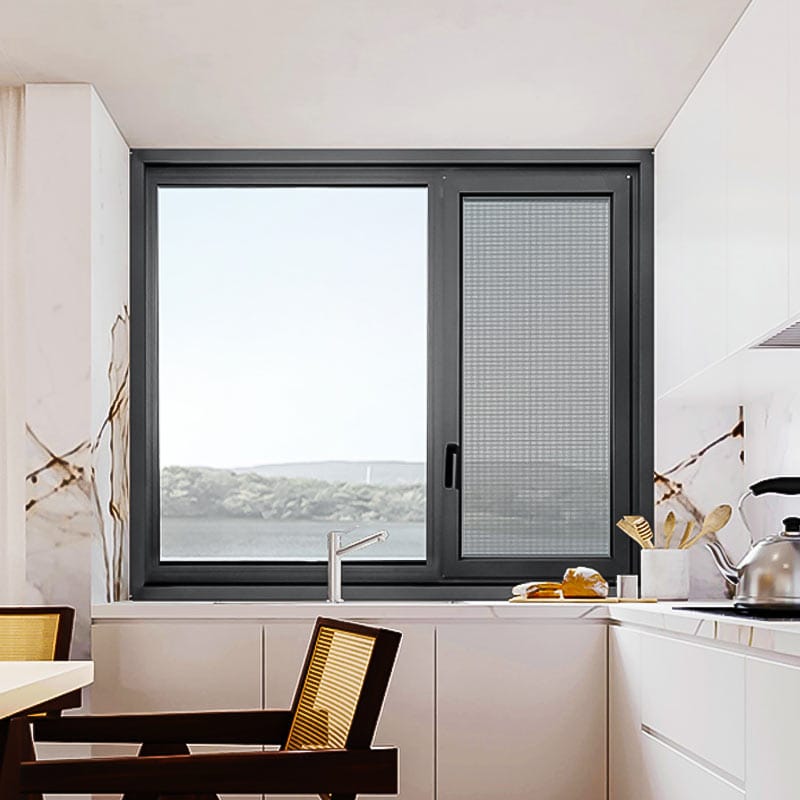
Although the performance of the broken bridge casement window is quite good, there are some inconveniences in the use process, and there are many disadvantages:
1. Casement windows occupy indoor space
You cannot have any obstacles around the casement window, otherwise it will affect the opening of the window. The more common ones are:
a. The most common problem is that the inward-opening window is easy to hit the clothes drying rack, causing the casement window to not be fully opened. You can only choose to shorten the clothes drying rack or move it to another location.
b. Things cannot be placed on the windowsill of the casement window. Many families do not have a large area, and the windowsill is also a rare storage space. It can be used to place some small items such as paper towels and green plants. If you install a casement window, you can only give up this practice.
2. Casement windows are somewhat dangerous
At present, most casement windows are inward-opening. When the casement window is opened daily, the height is about 90 cm. Some children run and jump at home, which is easy to hit the window corner, causing danger. Adults may also hit the corner of the window unconsciously during mopping, causing injury. In addition, the opening angle of casement windows is large, and families with children should also pay attention to the risk of falling from the building caused by children climbing windows.
3. Casement windows are prone to water ingress on rainy days.
It was mentioned earlier that casement windows are airtight and not prone to water leakage. However, this is for closed windows. In daily life, if you open the window and it rains, rainwater will easily drift in through the window. Some people may say that you can close the window, but it is stuffy when it rains, and closing the window makes you feel uncomfortable. Therefore, this is also a disadvantage of casement windows.
Inward-tilt windows may be a good choice
Unlike casement windows, the opening sash of inward-tilt windows is tilted inward, which looks a bit like a broken window. Although this type of window is a bit strange to open, it has many advantages over casement windows:
1. No water in on rainy days
If traditional casement windows are opened for ventilation on rainy days, rainwater will easily drift into the room. On rainy days, the room is stuffy, and it is uncomfortable to live without opening the window for ventilation. The use of inward-tilt windows can effectively avoid the problem of rainwater drifting into the room when the window is opened on rainy days. It solves the problem of opening windows for ventilation on rainy days.
2. Save indoor space
The windowsill of traditional casement windows is not suitable for placing things because it will affect the opening of the window sash. With inward-tilt windows, the window space can be well utilized, and after the inward-tilt windows are opened, they do not occupy indoor space like casement windows. In general, inward-tilt windows will save more indoor space.
3. Good safety
The opening angle of the inward-tilt window is not as large as that of the casement window, and the opening surface is on the top, which can well prevent children from climbing the window and causing the risk of falling. In addition, after the inward-tilt window is opened, the window sash will not lie horizontally in the room like the casement window, causing the risk of collision.
Concerns about inward-opening inward-tilt windows
Although inward-tilt windows have many advantages, they are not without problems. The problem with inward-tilt windows is that the opening surface is small and ventilation is relatively restricted. Now the casement window can be opened at 90 degrees or even 180 degrees, and the overall ventilation advantage is obvious.
However, even now there is a solution to the problem of poor ventilation of inward-opening windows.
Inward-opening inward-tilting windows - inward-opening + inward-tilting dual-function combination This dual-function window sash can be inward-tilted or inward-opened like a casement window. There is no difference from the casement window that is normally closed.
You can switch at any time according to your needs.
On rainy days, you can use the inward-tilting function, which can ventilate without letting rain in.
And at other times, if you want better ventilation, you can use the casement window mode.
In short, this combination of windows has the advantages of good safety of inward-opening windows, no indoor space occupation, and rainproof functions, and the advantages of large opening area and good ventilation of casement windows. Overall, it is a good choice.
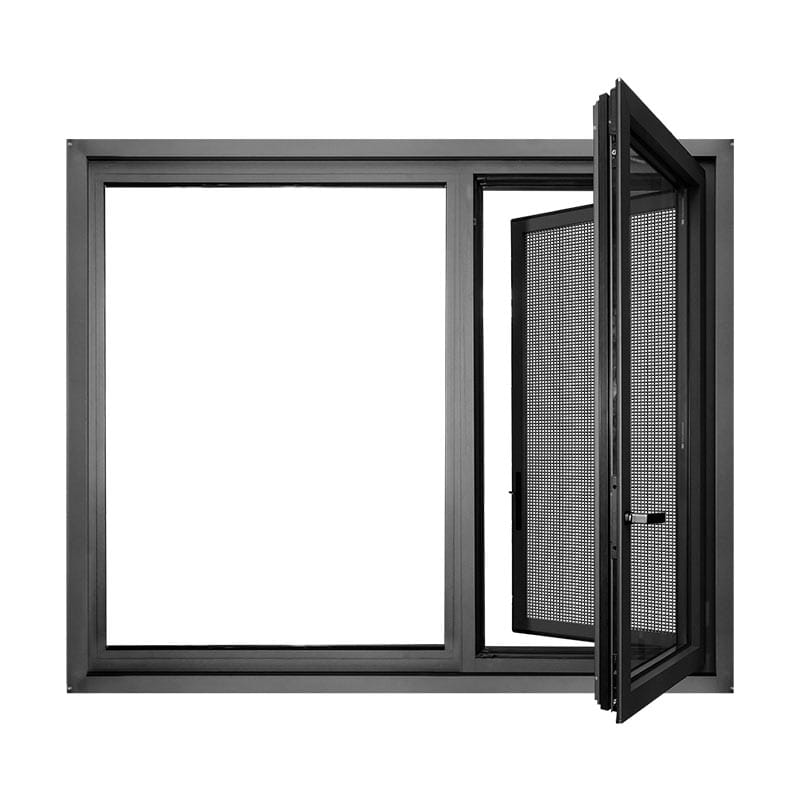
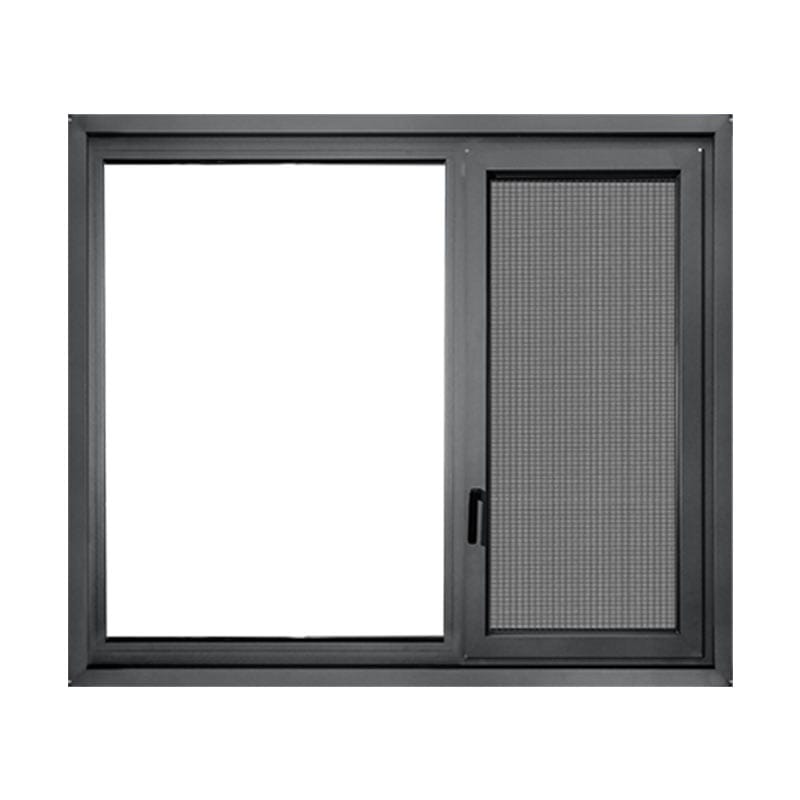

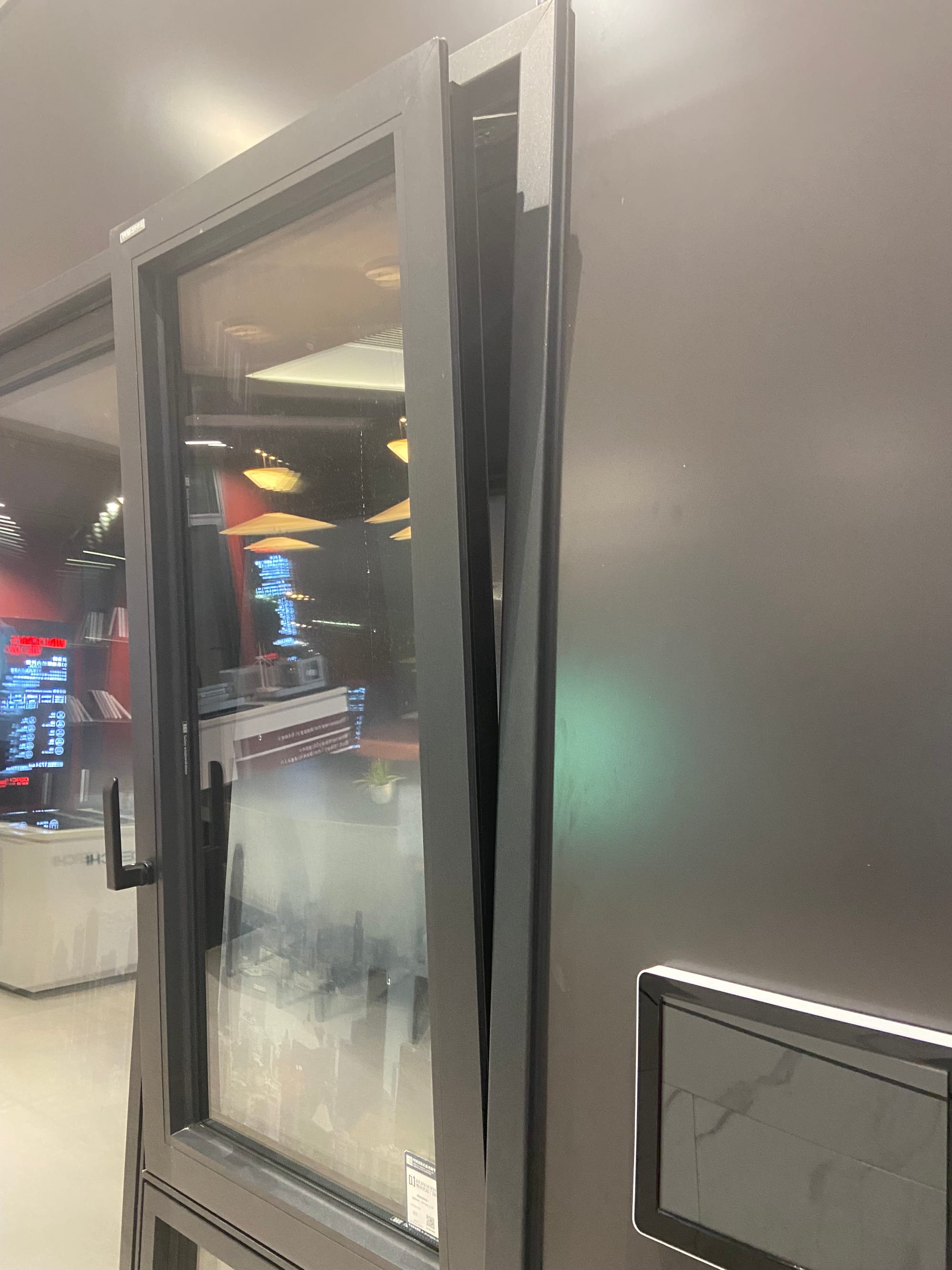
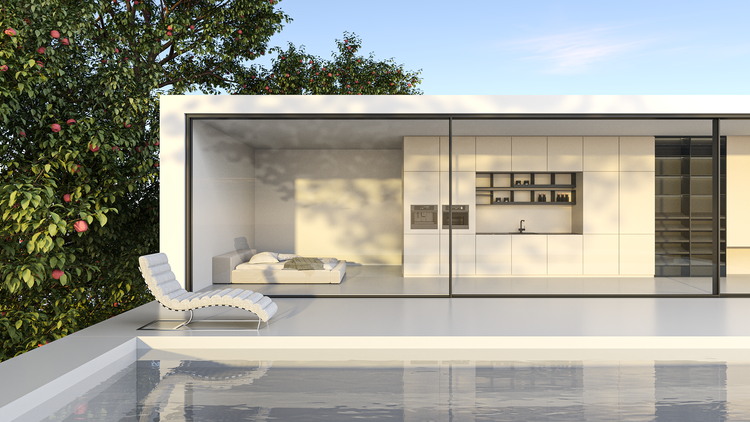
Member discussion